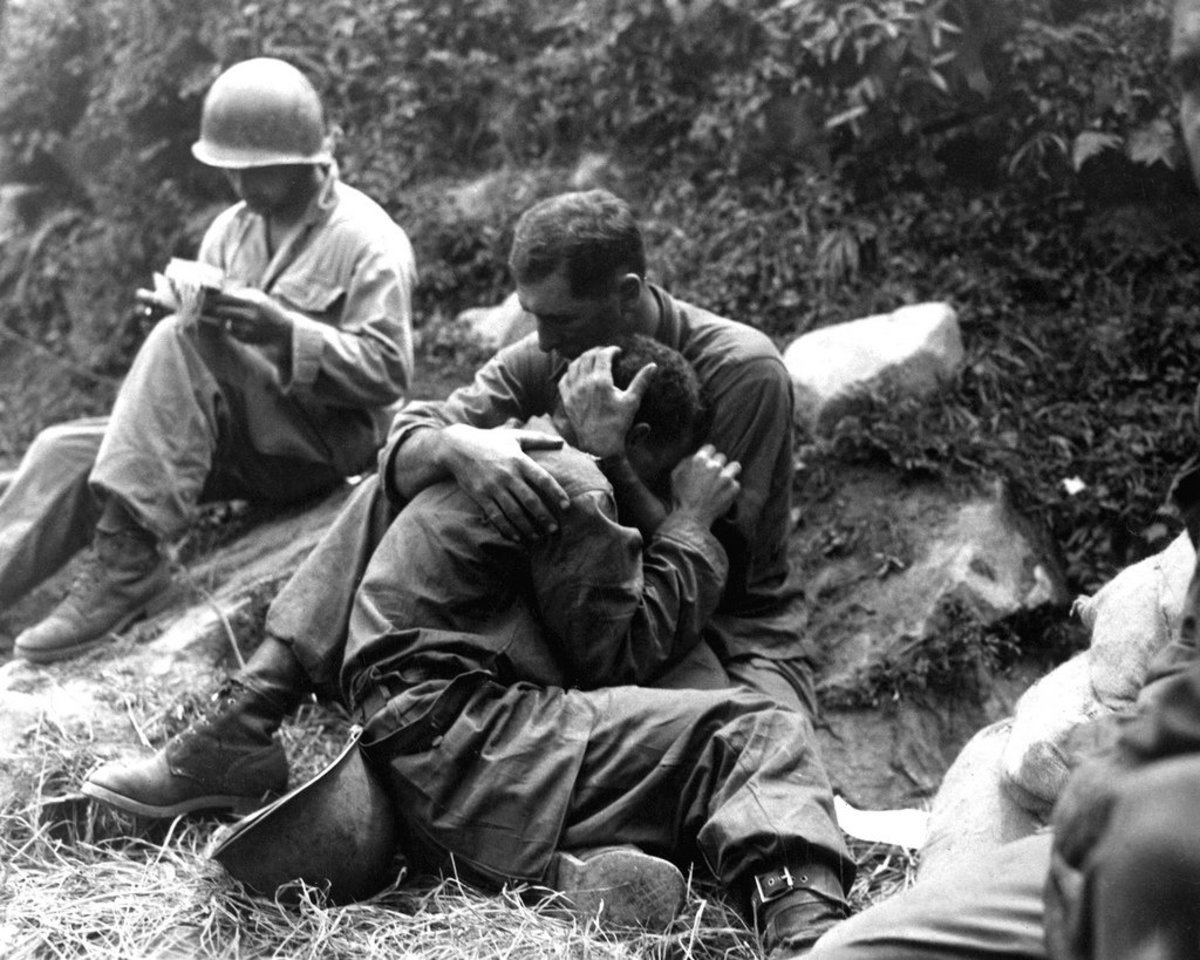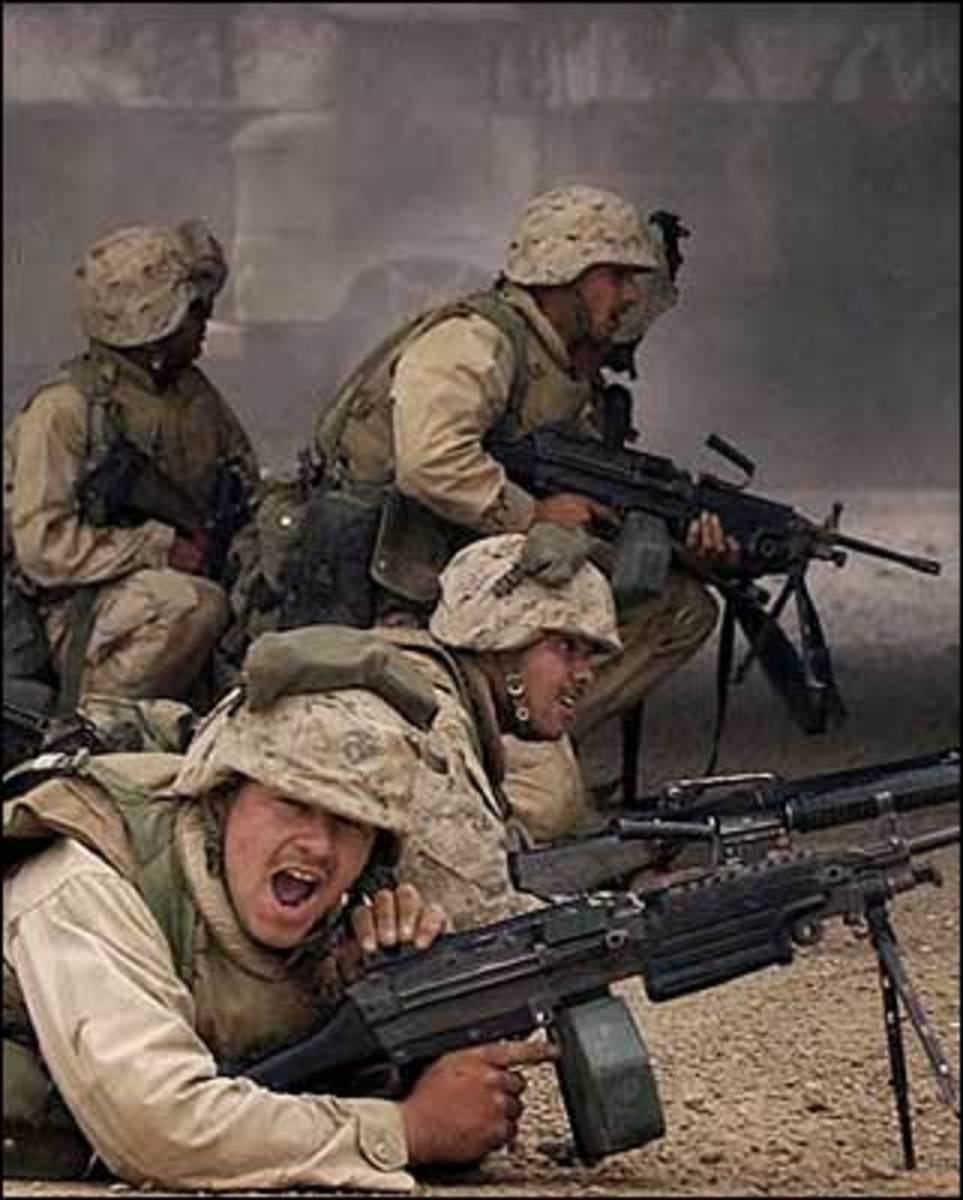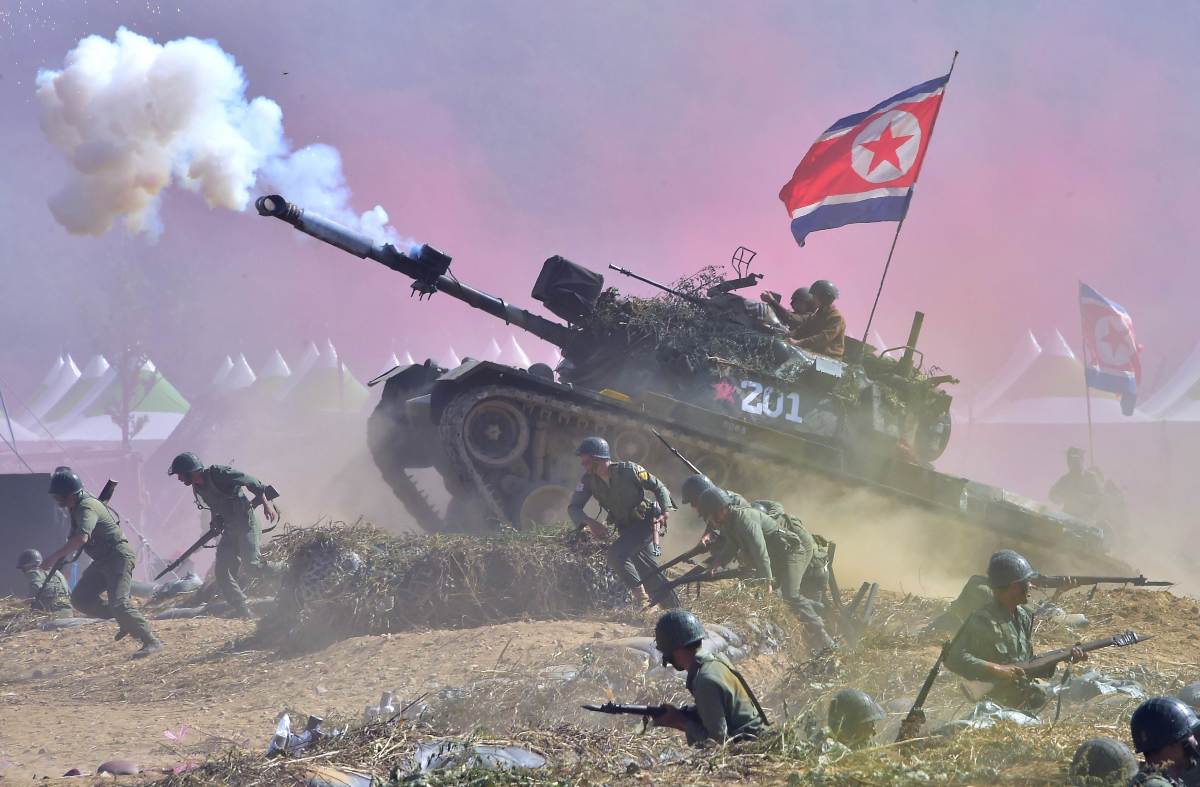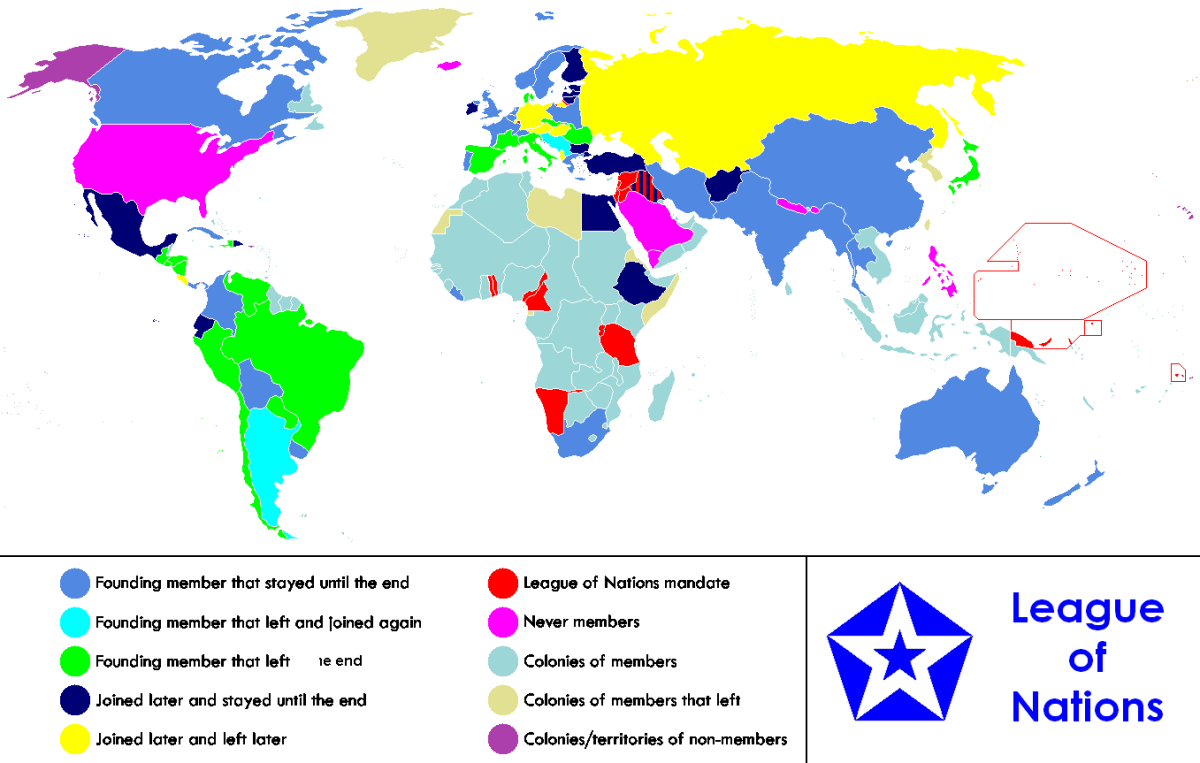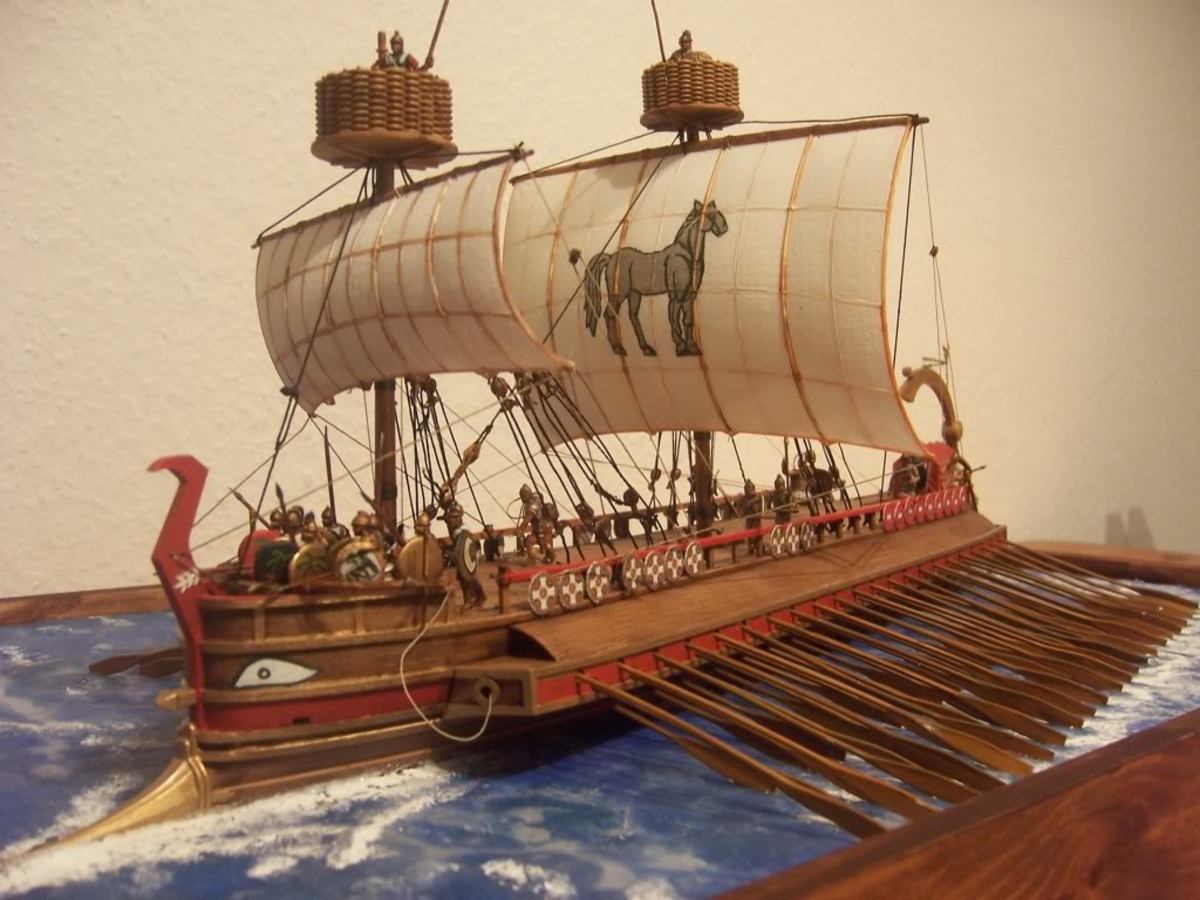The Rise and Fall of the Three Most Notorious Dictators!
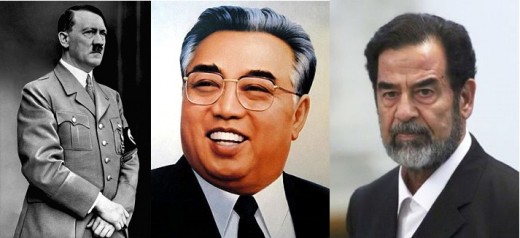
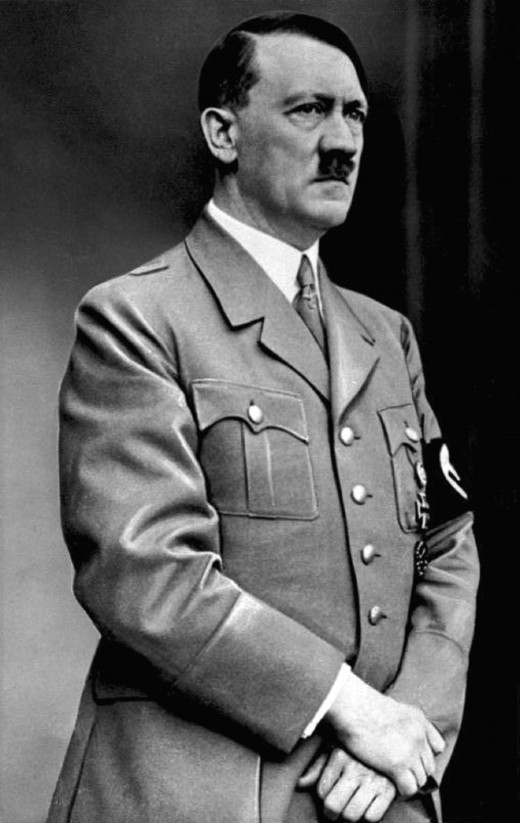
The Rise and Fall of Hitler
Adolf Hitler, popularly called Der Fuhrer (The Leader) by his people, was one of the most powerful people in the world. There were over 27 attempts to assassinate him, and his actions caused the death of almost 46 million people in Europe alone.
Hitler became actively involved in politics by 1919. The conditions in Germany in the 1920s were very difficult. The country was required to make reparation payments of US$33 billion for World War 1, unrest and inflation were rising dramatically and then came the 1929 Wall Street Crash. Germany became a fascist totalitarian state which controlled all aspects of civilian life after 1933 when the Nazi Party, led by Hitler, won the elections. He became the dictator of Germany and all political power derived from him. There was no real administrative organization except through gaining favor with the “Fuhrer”, and all opposition was eliminated or repressed, including socialists, liberals, communists and even the church. The Nazi Party gained total control; they rebuilt the German army, and economic stability returned through massive spending programs. They believed in the supremacy of a master race consisting of Germanic peoples (pure Aryans) and other undesirable races, particularly Jews, were persecuted, subjected to ethnic cleansing and murdered.
In 1939, Hitler sought to cleanse Europe of Jews and so doing, began the Holocaust, his most serious crime against humanity. Not only were Jewish people driven into prison camps and stripped of their possessions; men, women, and children were experimented on, tortured and brutally killed. Germany seized Austria in March 1938, then invaded Poland. They struck a deal with the USSR to invade Europe from the east and share the conquered land. Great Britain and France declared war on Germany in September 1939 and World War 11 started, causing the death of millions in Europe, North Asia, and Africa.
Although the German army was triumphant at first, Hitler overestimated his strength by opening three fronts at once. It was Germany’s downfall, especially during the Russian campaign. Hitler started losing his generals’ confidence that hindered their effectiveness. He had Field Marshal Erwin Rommel, the legendary “Desert Fox”, executed because he spoke against him. In his later days, the Allies considered Hitler to be their best friend as he stopped more effective leadership from taking over. He ended his life by committing suicide when the evidence showed his failure to achieve his goals. He died after causing the death of millions, bringing the country to ruins and a legacy of horror.
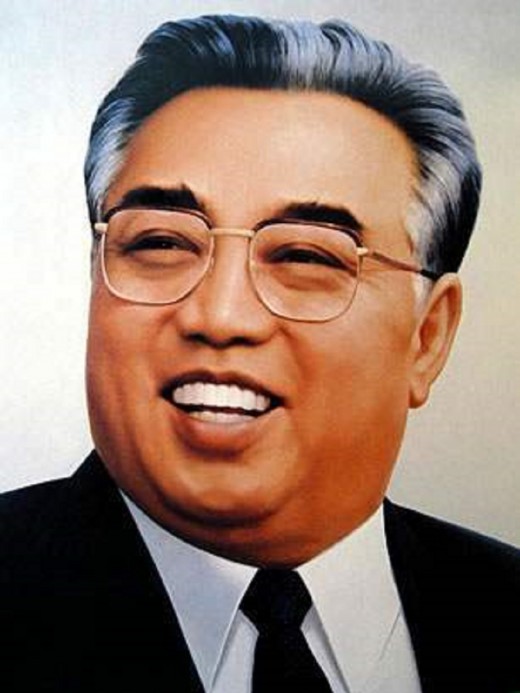
The Rise and Fall of Kim II Sung
Kim II Sung unified totalitarian rule in North Korea by 1949. All political power seemed vested in The Workers Party, and the communists promoted his "cult of personality". The first statues of Kim 11-Sung appeared, and he began calling himself "Great Leader." Throughout his regime over a million people are thought to have died in concentration camps, forced labor and executions.
Kim Il-Sung started his political career in opposition to the Japanese occupation of Korea. He rejected the traditional Korean feudal methods and became a member of the Communist Party of China in 1931. He had some military success as the leader of a guerrilla unit at a time when militia units had difficulty in capturing any enemy territory. This accomplishment gave him some measure of fame among Chinese guerrillas, and North Korean biographies then exploited it as a great Korean victory. He was also known to the Japanese and was the only military leader to escape the Japanese by crossing into The Soviet Union where the Korean communist guerrillas were trained by the Soviets. Kim served as a major for the Soviets for the rest of the war. Then they gave him considerable support by making him the top Korean administrative leader in the north.
He recruited guerrillas and former soldiers and formed the “Korean People’s Army”. With the help from Soviet advisers and equipment Kim 11-Sung constructed a large army skilled in infiltration tactics and guerrilla warfare. In 1950, he invaded South Korea with the intention of reunifying Korea. When the attempt failed, he returned to the north and established control by becoming the “esteemed supreme commander”. He became his country’s absolute ruler, crushing all internal opposition. Under his leadership, North Korea became a highly controlled isolated society overseen by his military commanders. Apart from his desire to reunify Korea, his primary goal was industrial development, which he tried to achieve without foreign intervention. The state-run economy grew rapidly until the 1960s but eventually stagnated. Kim’s omnipresent personality cult enabled him to rule unchallenged for 46 years over probably the world’s most repressed country. To this day North Korea is isolated from the rest of the world, the people suffer from abject poverty and only get state-approved information and news. He continued good relations with Russia and China and never changed his hostile attitude towards South Korea and the US. From 1980 onwards his eldest son began to take on significant political and military functions and eventually took over leadership of North Korea. His son Kim Jong Il and grandson Kim Jong Un have followed in his footsteps of oppression and injustice.
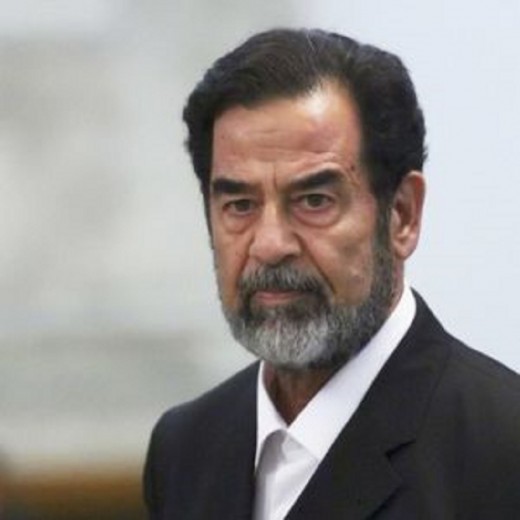
The Rise and Fall of Saddam Hussein
Saddam Hussein was the fifth president of Iraq. In the late 1960s and early 1970s he built his reputation as a progressive politician and he formally rose to power in 1979. He mostly focused on attaining stability in a nation with profound social, ethnic, religious and economic tensions. He improved living standards through social and economic programs including the ones to eradicate illiteracy and provide compulsory free education which was largely financed by oil revenue. He earned praise at home and abroad for these improvements.
Saddam's personality cult pervaded Iraqi society. Thousands of portraits, posters and statues were erected in his honor where his face appeared on the sides of public buildings, shops, and Iraqi currency. He made efforts to appeal to the various elements in Iraqi society sometimes being portrayed in a western suit and other times as a devout Muslim.
On the other hand, Saddam was widely condemned for the brutality of his dictatorship. The primary instruments of control were the paramilitary and police organizations. The People's Army was responsible for internal security and mercilessly crushed any coup attempts by the regular armed forces. State security had organized through the Department of General Intelligence, notorious for its use of torture. He was responsible for massive violent suppression within his country, particularly the Shi’a and the Kurdish movements for seeking to overthrow the government or gain independence.
Saddam had varying relations with the rest of the Arab world. During the Gulf War, Iraq invaded Iran and found itself bogged down in a long destructive war which gave him no advantage and left both previously healthy economies in ruins.
Saddam desperately needed funds for postwar reconstruction. He turned his attention towards Kuwait, which he had always considered as a part of Iran. Kuwait refused to forgive the Iraqi debt of $30 billion and so Iraq invaded the country in August 1990. The result was an overwhelming defeat, an international crisis, and sanctions.
In 2002, a resolution by the Commission for Human Rights stated that there had been no improvement in human rights in Iraq. It condemned Saddam Hussein's government for continually violating human rights and international law. He was accused of possessing weapons of mass destruction in 2003, and an international coalition invaded Iraq to depose Saddam. The American Soldiers later captured him in December 2003; the Iraqi interim government convicted him on charges related to the 1982 killing of 148 Iraqi Shi’ites and sentenced him to death by hanging. He was executed on December 30, 2006.
Which one of these three was the most Notorious Dictator?
© 2014 Mae Merriweather aka Boss Lady Mae


